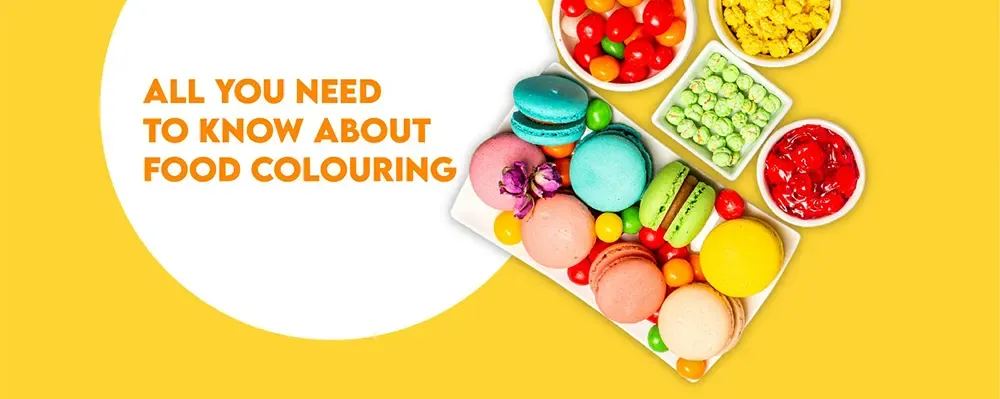Most Popular

To make your icings, candies, and other sweet treats shine out, whether you’re baking exotic red velvet cake or adding the finishing touches to your holiday cookies, knowing how to apply food color is crucial. While most cooks typically use liquid colouring, there are other options available, each with its advantages and drawbacks, for dyeing foods.
A less expensive option for food color is traditional liquid colouring. The sort that works best when you want a lighter hue is this one. It may take many bottles to achieve a deep, brilliant hue with big delicacies like cakes. However, the lovely pastel filling in these beautiful cream wafers may be made with just a tiny bit of batter.
To produce liquid food color, synthetic dye is often dissolved in water. Small plastic squeeze bottles, which are frequently used for sale, are perfect for novices since they let you add as many (or as few) drops as you like until you achieve the desired colour.
As with its conventional cousin, coloring gel or organic gel food coloring is composed of synthetic coloring in a base of water, glycerin, or corn syrup. It is offered in little dropper bottles just like regular liquid colour. But that is the extent of their commonalities. Squeezing an organic gel food coloring bottle releases a considerably thicker, gel-like liquid. A little of the dye goes a long way because it is very concentrated. This kind of food color is excellent for producing vibrant colour. Liquid gel dye has the drawback of being less widely available than conventional liquid dye and being more challenging to locate. Additionally, it is challenging to spread uniformly into dough due to its thick viscosity.
Natural food colorings are available for those who choose to stay away from synthetic hues. They are free of glycerin and corn syrup. They can be hard to get, but natural food color suppliers like Koel Colours present an exclusive series of high purity, lasting, vibrant bright pigments and color solutions for food and beverages business segments. The many colors are available in tiny dropper bottles and are made from plant materials. For example, saffron or turmeric is used to create yellow, carrot juice is used to create orange, and beets are utilized to create red hues. Anyone who reacts to synthetic dyes can utilize them with excellent success. For a delicate, earthy tint, natural food colorings should be used drop by drop.
Food color powder are manufactured from synthetic colouring and don’t contain any glycerin, corn syrup, or water. They come in powder form, marketed in jars. It can be used in a variety of ways, including adding a pinch to dry ingredients or blending it with a few drops of clear alcohol to resemble paint. To give food a delicate finish, you can even dust it on. When making foods like chocolate or macarons that are sensitive to any additional liquid, food color powder is the best option. But be careful because the powder can result in a very dark tint.
Koel Food Colour Manufacturers work with a variety of colouring goods, including cosmetic colours & pigments, Organic Gel Food Coloring & pigments, etc. Being natural food color suppliers, we use cutting-edge technology and specialized equipment in compliance with industry standards.
Also Read : Why Are Lake Pigments Used in the Production of Confectionery?
Koel Colours, as a Food Colour Manufacturers, utilize a variety of colors to give products a pleasing appearance and, occasionally, to provide consistency and uniformity to various edible ranges.